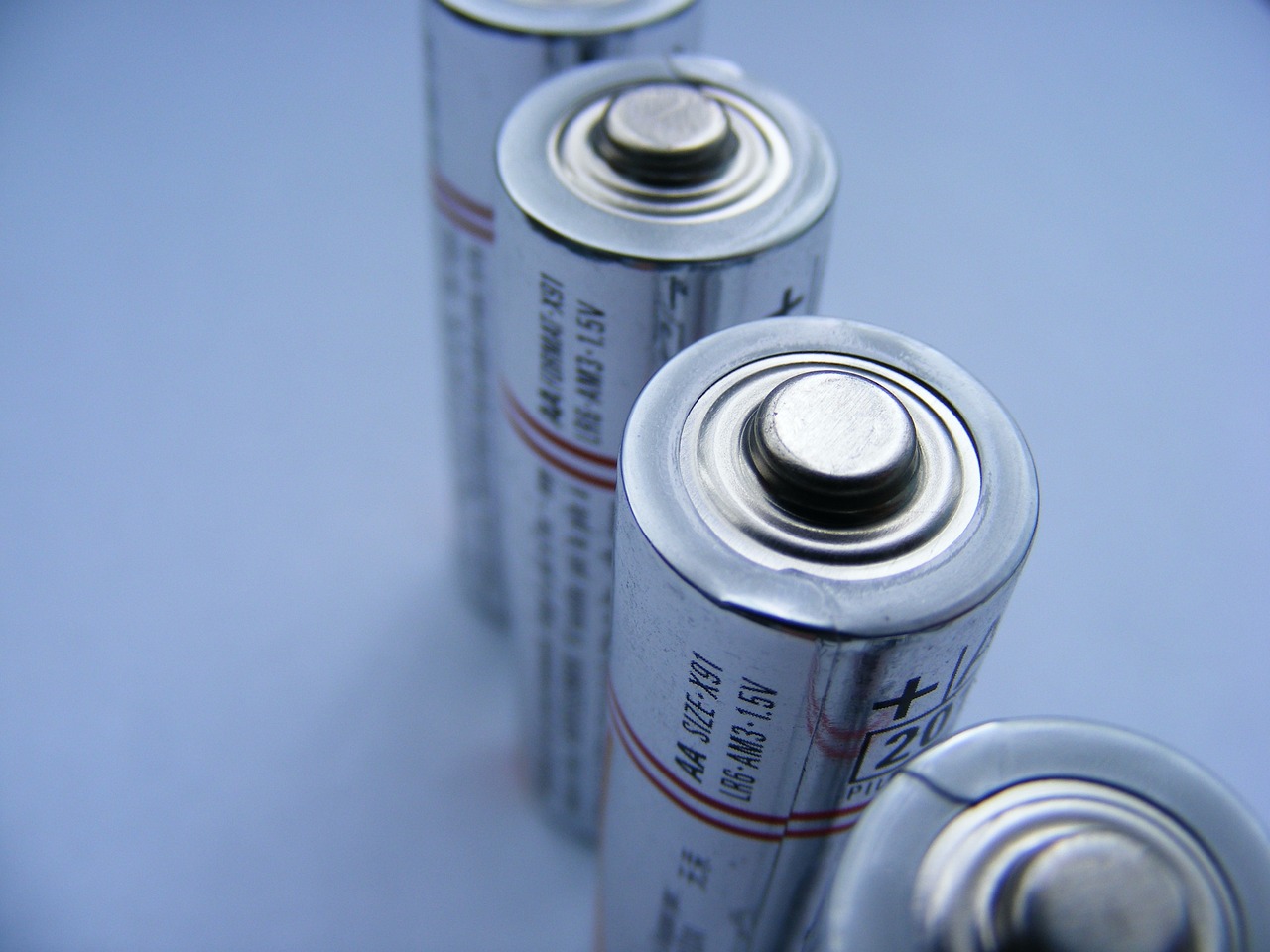This post is also available in:
 עברית (Hebrew)
עברית (Hebrew)
The T4’s advanced haptic feedback lowers the risk for its operators by enabling them to “feel” their way through the challenging procedure of disarming weapons from a safe distance.
The British Army announced it is going to feature advanced haptic-touch bomb disposal robots that will help neutralize threats like explosives and hazardous materials. It is set to receive 50 high-tech, medium-sized T4 explosive ordnance disposal (EOD) robots from L3Harris Technologies, which are meant to help soldiers deal with thousands of yearly callouts all over the country.
President of Space and Airborne Systems in L3Harris Ed Zoiss said in a statement: “The T4 EOD robots are the world’s most capable robots for operations in crowded and difficult environments like subways, airports, and even hospitals.”
According to Interesting Engineering, the new T4 has a skid steer track system for mobility and a movable manipulation arm and can maneuver in cramped urban areas, climb stairs, traverse steep slopes, and even fit through short aisles in buses, trains, and airplanes.
T4 stands out as it features haptic feedback, an advanced technology that enables operators to sense precisely what the robotic arm encounters or grasps. The firm claims the robot arm’s distinctive user interface mimics the motion of the user’s hand, thus reducing training demands and enhancing mission efficiency. The robot’s intuitive haptic control enables swift and effortless execution of challenging manipulation tasks, ensuring the safety of its operators by keeping them out of danger zones.
The robot is reportedly equipped with multiple cameras for enhanced visibility, offering a line-of-sight range of over 1000 meters and a non-line-of-sight range of over 200 meters. It can operate in temperatures from -20°C to +60°C, has an electromagnetic interference shield used with active jammers, a maximum fording depth of 30cm, and is sealed for durability in various environmental conditions.
The T4 weighs a little over 100kg, a smaller size than other similar robots, which allows them to fit inside a typical 4×4 truck and be easily deployed and used in emergency scenarios.


























